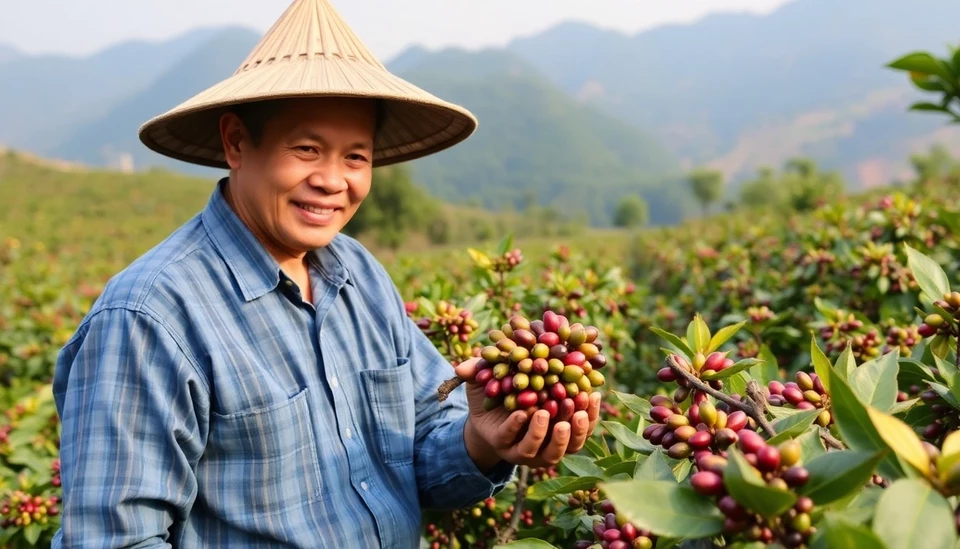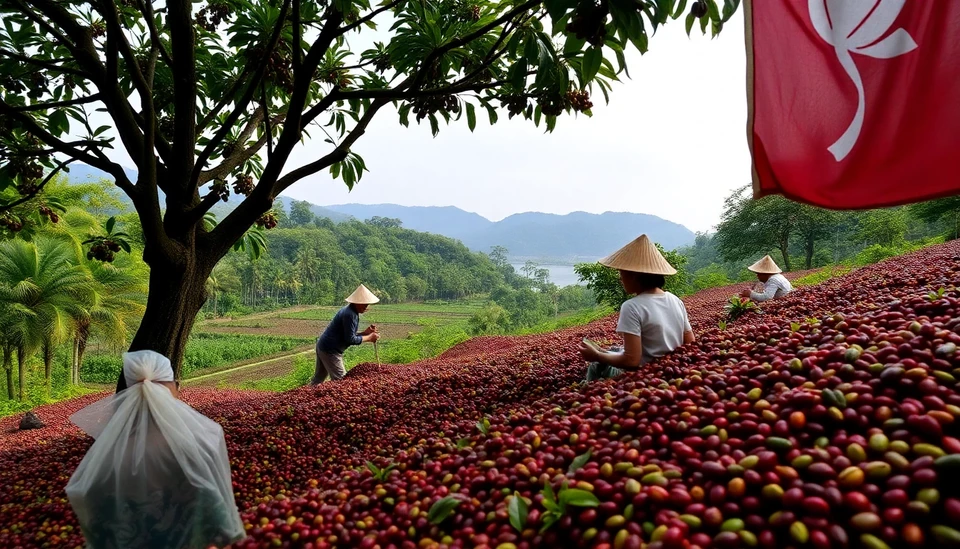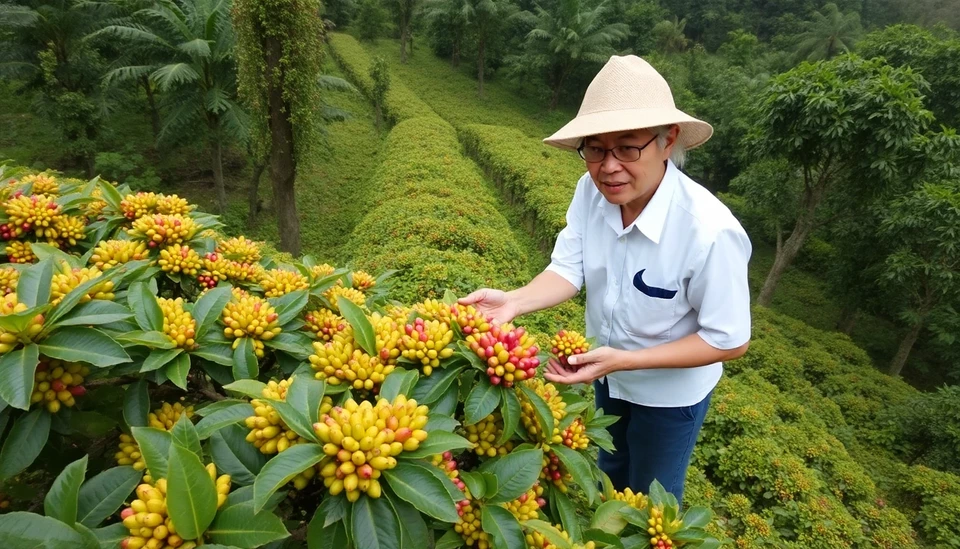
Vietnam, one of the world's leading coffee exporters, is experiencing a significant drop in coffee production, primarily driven by severe drought conditions affecting the Central Highlands region. This decrease in output is contributing to an already tight global coffee supply, raising concerns among traders and consumers alike. With worldwide demand for coffee continuing to rise, Vietnam's dilemma threatens to add further pressure to coffee prices globally.
The Central Highlands, known for its lush landscapes and coffee plantations, has been hit hard by extended dry spells. Farmers in regions like Đắk Lắk and Lam Dong are grappling with the adverse effects of insufficient rainfall, which has resulted in decreased yields. The impact of the drought is compounded by other climatic factors and pest infestations, creating a challenging environment for coffee producers.
According to the latest forecasts, Vietnam's coffee output for the current crop year has declined by an estimated 10% compared to last year. This downturn highlights the fragility of the supply chain, particularly as the country typically contributes about 20% of the world's coffee supply. As Vietnam's coffee production dwindles, global market analysts are increasingly worried about potential price surges and the implications for coffee-consuming nations, especially those that heavily rely on imports from Vietnam.
Despite these setbacks, farmers are attempting to adapt by implementing various agricultural practices aimed at mitigating the effects of drought. This includes advanced irrigation techniques and shifting to more resilient coffee varieties. However, the transition to more sustainable practices requires time, investment, and a level of cooperation among local farmers and government support.
Industry experts predict that the challenges faced by Vietnamese coffee producers will not only impact the domestic market but will likely reverberate through to the global coffee trade. As consumers brace for possible increases in coffee prices, the situation calls for immediate attention from stakeholders within the coffee industry, including producers, traders, and regulatory bodies.
The resulting supply strain is prompting coffee importers to consider diversifying their sourcing strategies to mitigate the risks of relying too heavily on Vietnam. As the situation unfolds, the international coffee community remains vigilant, keenly watching how these climatic challenges will influence pricing, supply stability, and ultimately, consumer preferences worldwide.
As Vietnam navigates this period of reduced coffee production, it stands as a poignant reminder of the fragility of food systems in the face of climate change and the need for resilience in agricultural practices.
#VietnamCoffee #GlobalSupplyChain #CoffeeDrought #CoffeePrices #AgricultureChallenges #ClimateChangeImpact
Author: Victoria Adams

